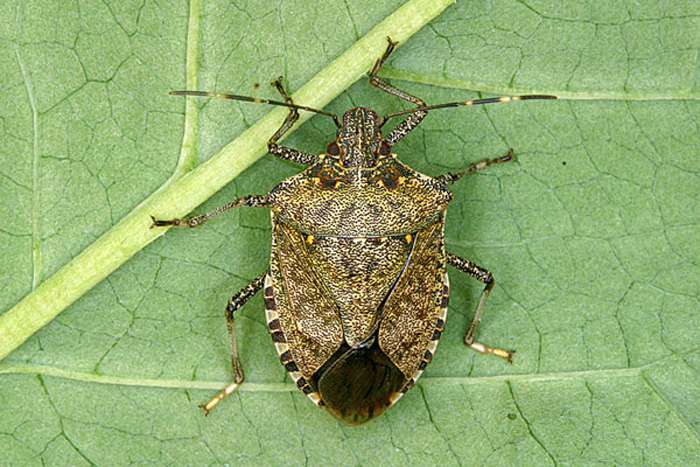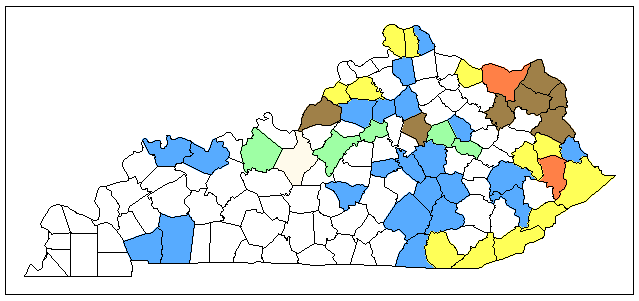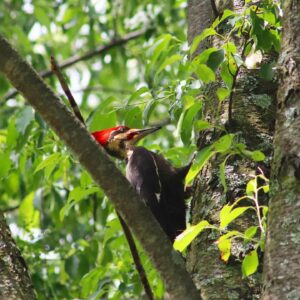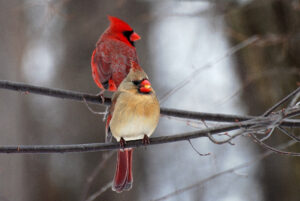
Have you noticed an invasion of your home by small brown bugs this autumn? These are brown marmorated stink bugs. Halyomorpha halys (Stål), the “Brown Marmorated Stink Bug,” was accidentally introduced into Allentown, PA around 1996 from China or Japan.
During the summer the stink bug produces offspring that survive the winter as adults by entering houses. They enter houses through cracks in windows and the foundation and may be seen in large numbers during September and October. Due to the noxious odor produced as a defense mechanism, the stink bug causes a nuisance to homeowners. Since its introduction into Pennsylvania, it has established itself as a potential risk to agriculture as well as a nuisance to homeowners and has been steadily spreading throughout the eastern United States.

There are many different stink bug species in Kentucky. Some are predators and some are herbivores, and each type has a different ecological role. Stink bugs get their name because they are able to secrete a bad-smelling, bad-tasting fluid from pores on the sides of their bodies (many other members of the Hemiptera can do this as well). This secretion helps to protect stink bugs from predators. Still, stink bugs are often fed upon by birds, spiders, assassin bugs, and other arthropod predators (including other stink bugs).

Counties known to have brown mamorated stink bugs: 2014 (light green) Anderson, Breckinridge, Christian, Clark, Nelson and Powell; 2013 (blue) – Breathitt, Boyle, Campbell, Daviess, Franklin, Garrard, Grant, Henderson, Jackson, Laurel, McCreary, Madison, Martin, Montgomery, Perry, Pulaski, Rockcastle, Scott, Shelby, Taylor, and Trigg; 2012 (yellow) – Bell, Boone, Harlan, Henry, Johnson, Kenton, Letcher, Magoffin, Mason, Oldham, Pike, and Whitley; 2011 (orange) – Floyd, Lewis; 2010 (brown) – Boyd, Carter, Fayette, Greenup, Jefferson, Lawrence, and Rowan
Mechanical exclusion is the best method to keep stink bugs from entering. Cracks around windows, doors, siding, utility pipes, behind chimneys, and underneath the wood fascia and other openings should be sealed with good quality silicone or silicone-latex caulk. Damaged screens on doors and windows should be repaired or replaced. If numerous bugs are entering the living areas of the home, attempt to locate the openings where the insects gain access. Typically, stink bugs will emerge from cracks under or behind baseboards, around window and door trim, and around exhaust fans or lights in ceilings. Seal these openings with caulk or other suitable materials to prevent the insects from crawling out. Both live and dead stink bugs can be removed from interior areas with the aid of a vacuum cleaner – however, the vacuum may acquire the smell of stink bugs for a period of time.


